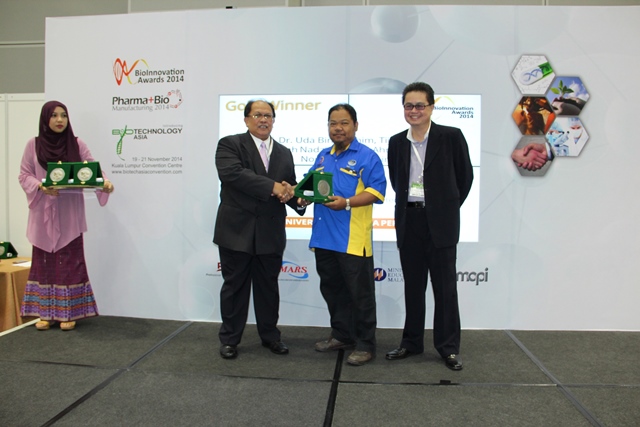Abstract – Carbon nanotubes (CNTs) and graphene have built broad interest in most areas of science and engineering because of their extraordinary physical, mechanical, thermal and optical properties. Graphene is a two-dimensional one-atom-thick planar sheet of sp2-bonded carbon atoms while CNTs are a cylindrical nanostructure which composed entirely of sp2-bonded carbon atoms as well. This review presents and discusses the past and current advancement of synthesis and characterization of graphene and CNTs. The review also concludes with a brief summary and an outlook on the challenges and future
prospects in the growth of graphene and CNTs.
Keywords – carbon nanotubes, cnt, graphene oxide, reduced graphene oxide
Corresponding Author: Liu Wei Wen
Corresponding Author’s Email: wwliu@unimap.edu.my
Full text: PDF




